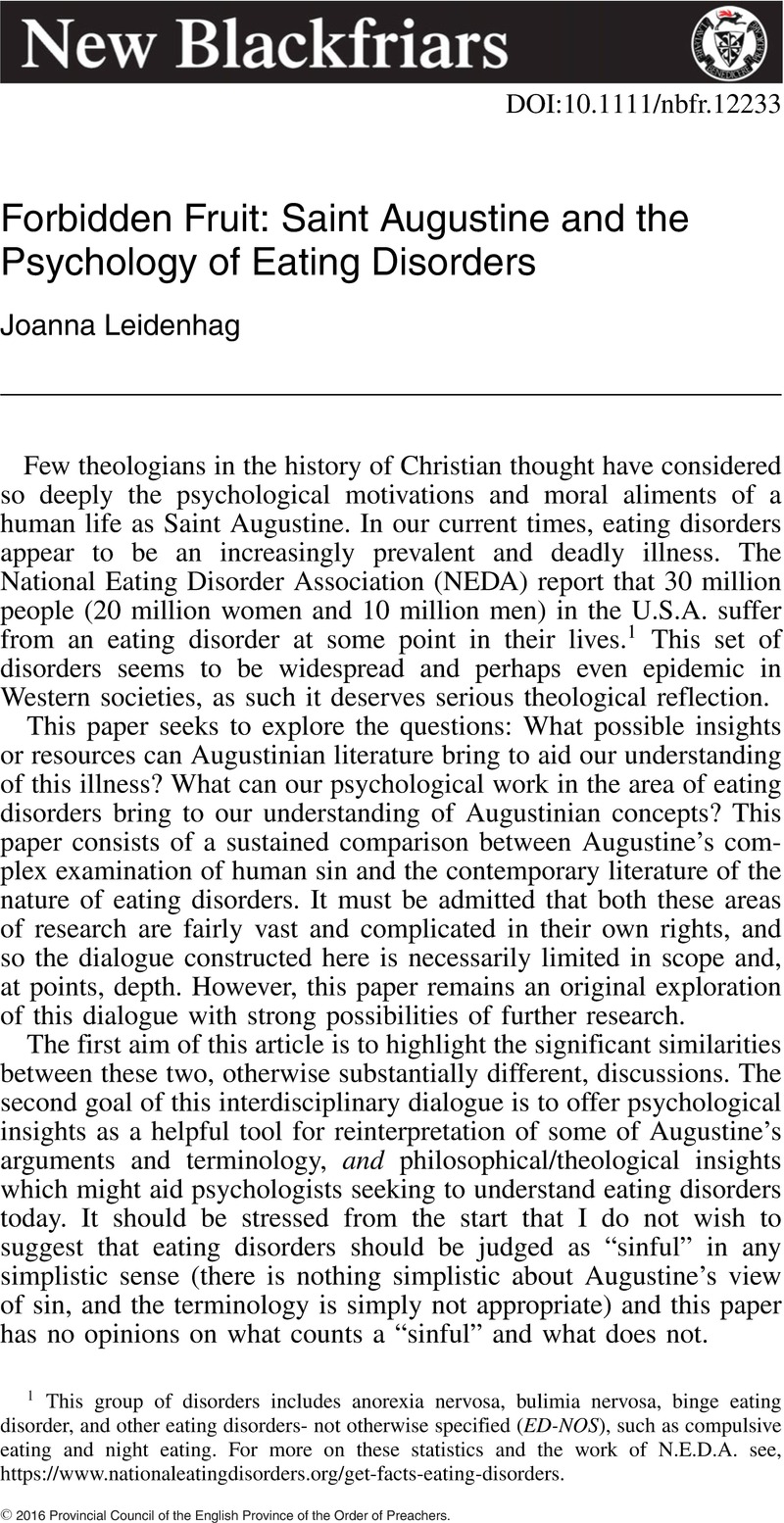De peccatorum meritis et remissione et de baptism paruulorum ad Marcellinum (
pecc. mer.) CSEL 60,3‐151;
On Merit and the Forgiveness of Sins, and he Baptism of infants, trans. Peter Holmes and Robert Ernst Wallis, from
Nicene and post‐Nicene Fathers, vol. 5, (ed.) Phillip Schaff (Buffalo, NY: Christian Literature Publishing, 1887).
Google Scholar 